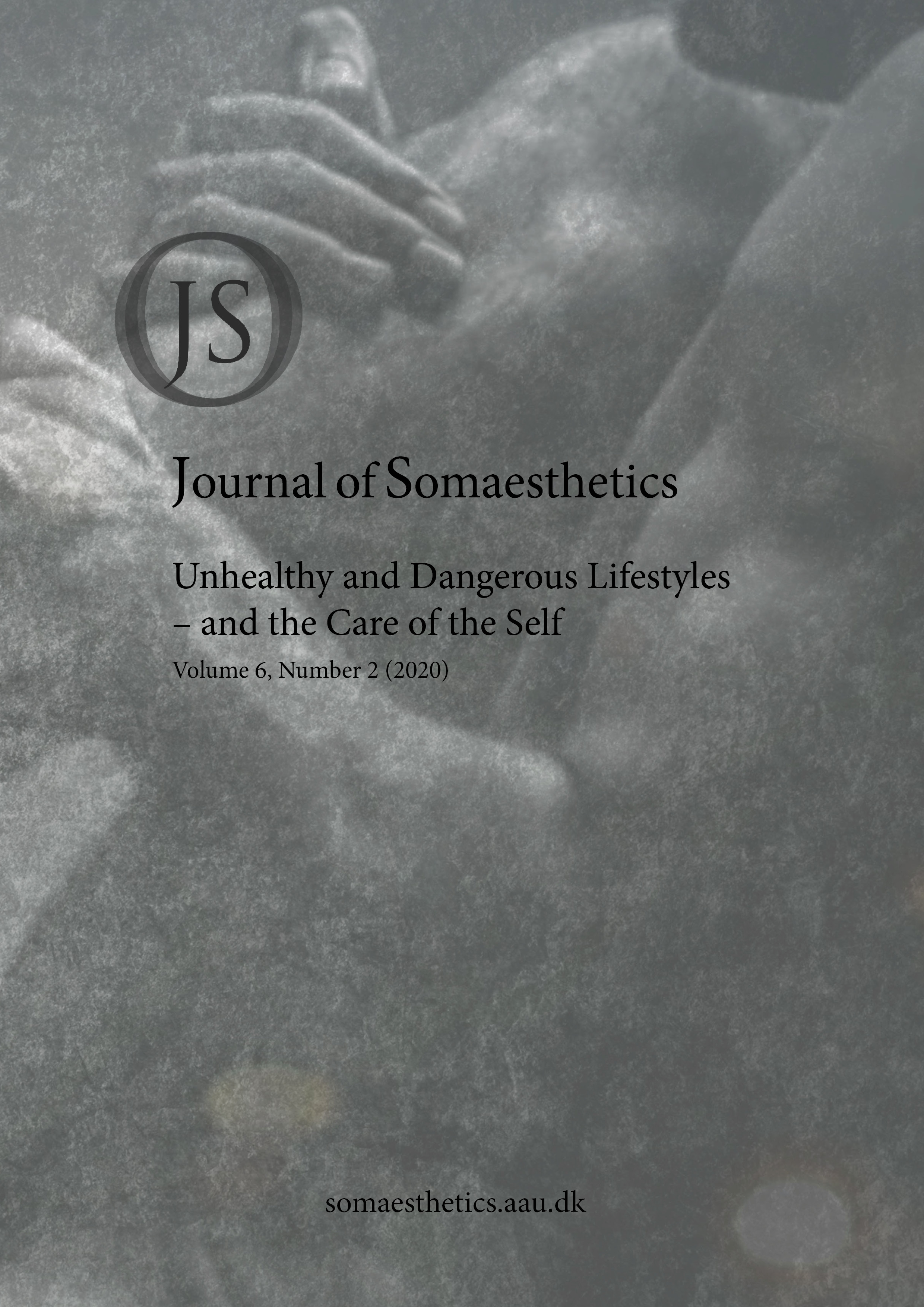The Body is a Soft Machine: The Twisted Somaesthetic of William S. Burroughs
DOI:
https://doi.org/10.5278/ojs.jos.v6i2.6288Abstract
This article explores the role of the body in William S. Burroughs's novels Junky (1959), The Soft Machine (1961, revised 1966 and 1968), The Ticket That Exploded (1962, revised 1967), and Nova Express (1964), of which the latter three comprise the Nova or Cut-Up Trilogy. The links between Burroughs's work and the fringe sciences and philosophies which he pursued for much of his life, are clear within his oeuvre. The fringe areas he studied most ardently include Alfred Korzybski's General Semantics, Wilhelm Reich's orgone theory, and the Scientology of L. Ron Hubbard, all of which examine control mechanisms of body and mind. This article shows that Burroughs's texts stand up not only as avant-garde literature but also as philosophical texts that outline a system to break free from control systems by exploiting the body/mind relationship. As such, this paper makes use of the tenets of Richard Shusterman's somaesthetics to provide a critical matrix with which to explore Burroughs's unique methods of investigating the body's role in achieving transcendence.
Downloads
Published
Issue
Section
License
Articles published in The Journal of Somaesthetics are following the license Creative Commons Attribution-NonCommercial-NoDerivs 4.0 Unported (CC BY-NC-ND 4.0). Authors retain copyright and grant the journal right of first publication with the work simultaneously licensed under a Creative Commons Attribution License: Attribution - NonCommercial - NoDerivs (by-nc-nd). Further information about Creative Commons
If excerpts, tables, figures, charts, artwork or photographs from other copyrighted works are included in an article, it is the author’s responsibility to obtain written permission from the copyright owners and credit the source’s in the article and citation list.


